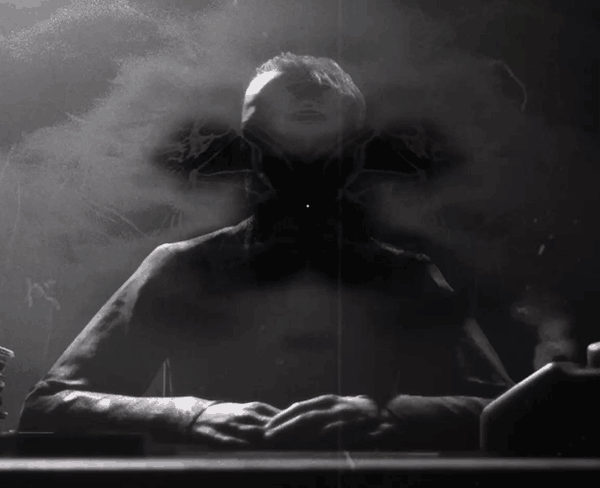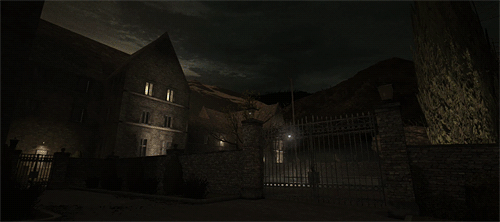
Outlast
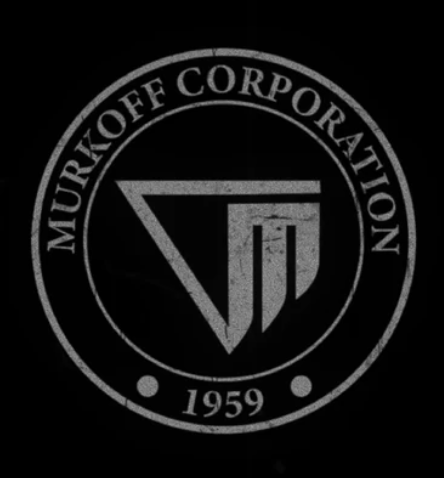
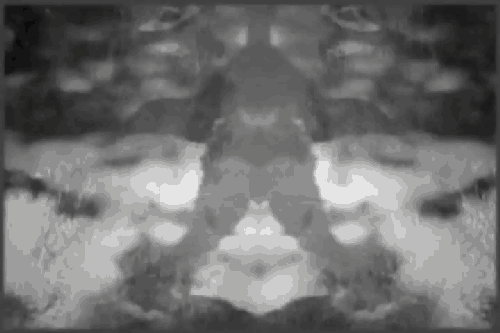
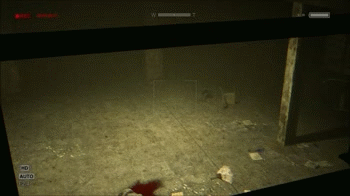
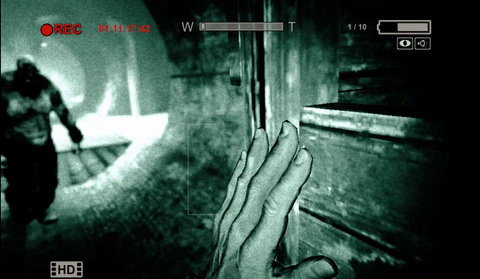
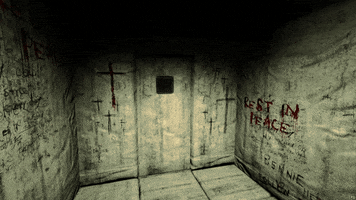
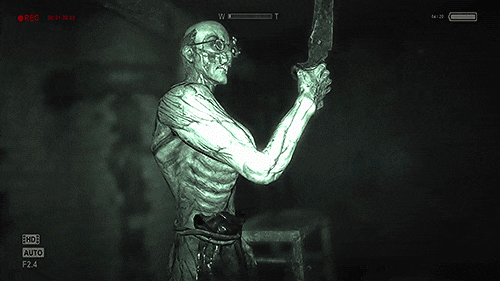
Blood is Red
Chris Walker became my no. 1 favorite on very short notice. I could go on and on about
him and why I like him, so I'll try to keep a lid on it. Aside from being huge,
frightening, and obscenely powerful, he also has a compelling story along with his
iconic character design.
Understanding Chris's motivations has everything to do with understanding the situation
he's in, and you don't have the full picture until you know - or realize - what the
WALRIDER is and how it operates.
Mt. Massive has essentially become a warzone thanks to the riot, and the main
contaminant poses a very serious threat to the populace should it escape; all things you
hear Chris muttering about as he patrols the halls.
Even with how little we find out about him, it's enough for Miles to sympathize with him
in the end despite having been hunted by the man for the entirety of the game.
"We have to contain it."
How he ended up in Mt. Massive Asylum is explained in the comic
[THE MURKOFF ACCOUNT], which adds another layer of tragedy to his character building beyond the fact that he
is one patient of many preyed upon and exploited by Murkoff.
While it was already established that Chris was a military veteran, TMA reveals that he
was under Murkoff's employ prior to his incarceration, working as a security guard at an
outpatient clinic meant to treat veterans with combat PTSD. The additional, if brief,
insight to who Chris was before the Morphogenic Engine ravaged his mind made me like him
all the more.
He was someone calm, cooperative, sympathetic, and not without a sense of humor. He took
the position as security so that he could keep his fellow vets safe, as well as the
doctors trying to help them — even if ultimately Murkoff's condemning shadow loomed even
here.





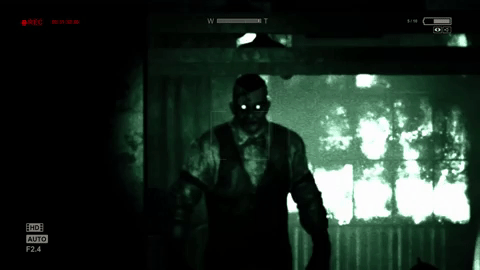
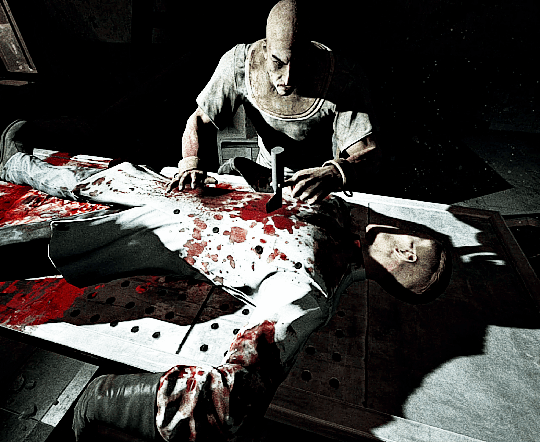
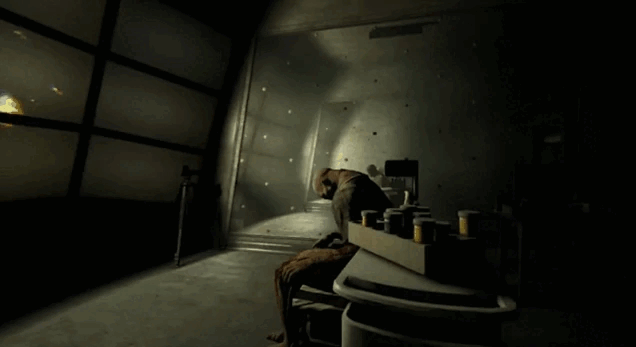
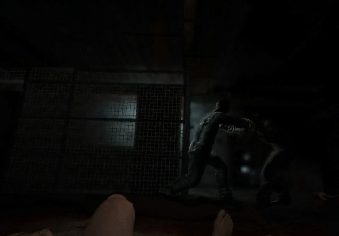

My Love's Arbor
Oh, Eddie. Now here's a polarizing character if you'll ever find one; you either hate
him or love him, but in whichever case he's a fantastic villain. On a very surface
level, what I like so much about Eddie Gluskin is he exposes an entire demographic of
people (namely men) to the horror of simply being a woman. That in itself is a fantastic
move, and it's not something I'd ever seen done in a horror game before.
In addition to just how well Eddie's segment is executed on a gameplay and level-design
standpoint, his entire character is deeply fascinating to me. There is so much going on
psychologically with this man, things you garner from his brief appearance in the very
beginning, how he acts when you encounter him again, and what you can read in his
patient file.
"Did I frighten you? I'm awfully sorry, I didn't mean to."
He's charming and charismatic, flirting and singing and prancing around in his fantasies
- and yet he still shows insight into where he is and his situation, like he swings back
and forth between reality and... well, I hesitate to say psychosis; I'd say it's more
like he's still halfway trapped in the dream therapy. He swings between angry and
placating just as wildly.
I could talk about Eddie for hours, honestly.
He can't cope with his past, so he invents his own. He can't cope with rejection, so he
ritualistically destroys what he perceives as the very icon of rejection; women. He
can't cope with himself, so he pretends to have a life he has not had, and acts like the
gentleman that he isn't.
A fascinating man. If I met him in real life I'd pummel him into the earth, though.
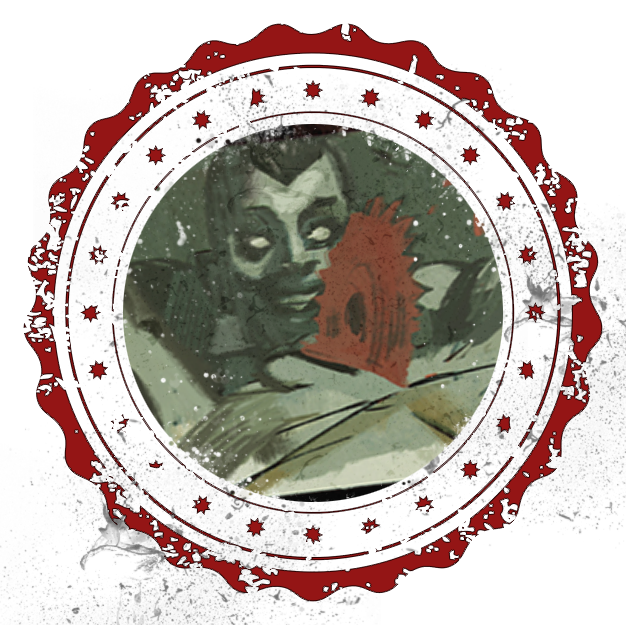




Impact of the Therapy
In 2014 Outlast had a thriving online community. I remember drawing endlessly, I remember writing long thinkpieces on the characters and how I interpreted their internal workings. The game was brand new, theories and character discussions were the cream of the crop of fan engagement, plus Whistleblower had just released. Outlast was a catalyst in not only my creative development, but the consequent community that rose up around the franchise is what lead me to meeting the love of my life.
Our shared love for the game and its characters is what got us talking, and we've spoken every single day since. Talking turned to friendship turned to crush turned to love, and almost ten years later we found ourselves moving in together from across the world, and eventually tying the knot, never to ever part again... Outlast has cemented itself as something icredibly important to me.
Essentially, in the most perfect irony, Eddie Gluskin got me married.

